|
In summer I researched and wrote a new resource for history and heritage educators on behalf of Curious Minds. Drawing together examples from across the North West, covering an array of indoor and outdoor museum and heritage locations, it explores how schools and heritage organisations have worked together to help young people learn about their local history in cross-curricular ways. It's particularly relevant to the Key Stage 2 curricula but extends to KS1 and KS3 too. Browse or download above, or from my resources page.
Each case study includes - Description of a topic or activity - Objectives and outcomes of the activity - Practical activity suggestions to include in topics / lesson plans - Top tips for planning and practicalities - Links to further resources Includes five example case studies of projects by schools and museum or heritage sites working together cover these overarching themes: - Investigating a heritage site (through the ages and a timeline) - Investigating a local street (in this instance Victorian but transferable to other periods) - Investigating a historical period (Stone, Bronze and Iron ages) - Creative engagement with maths (using the art / design of Blackpool Illuminations to cover the full KS1 & 2 maths curriculum) - Exploring the local town (in this instance a coastal town with a migratory mining history) Current History links - the lives of significant individuals in the past who have contributed to national and international achievements - significant historical events, people and places in their own locality - changes in Britain from the Stone Age to the Iron Age - a study of an aspect or theme in British history that extends pupils’ chronological knowledge beyond 1066 - ideas, political power, industry and empire: Britain, 1745-1901 With a foreward from Prof. Kerri Facer - education innovator and advocate for place-based curricula.
0 Comments
A few years back, I worked on a three year contract supporting organisational change in a group of universities who were starting to come to terms with a then brand new agenda, where academics and researchers needed to become more outwards facing, connecting with the public on their doorstep and at large. Part of my role was to mentor internal directors and project managers, and the departments they worked with, in looking for the impact of their activities. Like many major programmes, the initiative had a quite intense, technical, formal, robust evaluation system underpinning it. Like many organisations, this was not the fun part of anyone's work, and on top of everything else going on, was not generally what most people were interested in prioritising. In my mentoring role, I wanted to increase people's confidence about being able to carry out evaluation that was realistic and meaningful, and reduce their fear of becoming overwhelmed. At the same time, some of the community groups involved had been saying their previous experiences of evaluation in university programmes had, at times, been overwhelming, invasive, and one-sided.
As a result, I created a simple, practical, set of suggestions to make evaluation do-able, useful, positive and meaningful. It simply offered these ten top tips, and five years later with the huge amount of learning I've developed about evaluation, they still absolutely stand the test of time...
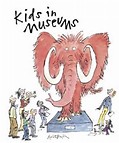 I'm delighted to be chairing Kids in Museums new workshop 'Welcoming Families with Autism' at the Science Museum on February 9th. It's a day packed with experts from museums and arts organisations who can share their experiences of welcoming families with children or young people on the autism spectrum. You can book for the event here or keep an eye on future workshops here It's a subject I've been interested in for many years and have blogged about previously, though my interest has ramped up several gears over the past 12 months thanks to my involvement with two local autism charities, and my work with Lancashire Museums who commissioned me to research the subject of museums and autism from the perspectives of museums and autistic visitors. You can read more about that on my separate, ongoing blog http://www.museumsandautism.tumblr.com/ which combines museum practice, feedback from families and visitors on the autistic spectrum, and expert reports and presentations on the subject. 23/10/2015 Free Downloadable resource - Children & Young People's Arts Participation in Practice: For Rural and Other AreasRead Now
Last winter I was asked to create a series of case studies and good practice guidance for arts related work with children and young people in rural areas. This was part of a bigger piece of work for Arts Connect as they began their journey to support the creation of a consortium for arts and cultural organisations across Shropshire.
Shropshire Arts Consortium was formally launched this week with much ground covered already in the past few months and a lively energy to carry on building opportunities for children and young people in the area moving forward. A website for their work is on its way and in the meantime you can follow them on the #ShropConsortium hashtag. Many people were interested in the case studies and research I carried out, and Arts Connect have kindly agreed to share it as widely as possible. The resource created from this research contains
Feel free to read or download the resource below... 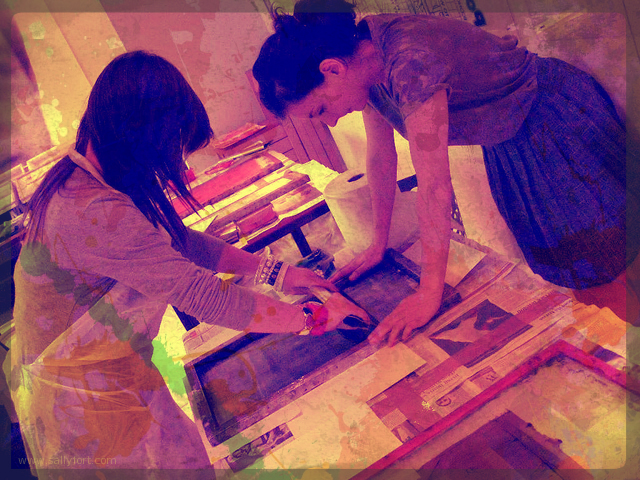 Do you have experience of working with children and young people in rural areas through arts / culture / media? I'm currently doing a small piece of research for a rural consortium who are at the start of creating a county-wide strategic approach. I'd like to provide the group with some core principles to inform the way they think about their work and some good case studies / examples of relevant activity to help them reflect and be inspired. Can you add some tips / advice based on your own experience and / or do you know of some relevant programmes, projects, policies, initiatives etc? If you could answer any of the 4 quick questions here, please do - let's hear about your experiences and top tips, thank you so much. (Survey closes 31st Dec 2014) http://bit.ly/ruralCYP 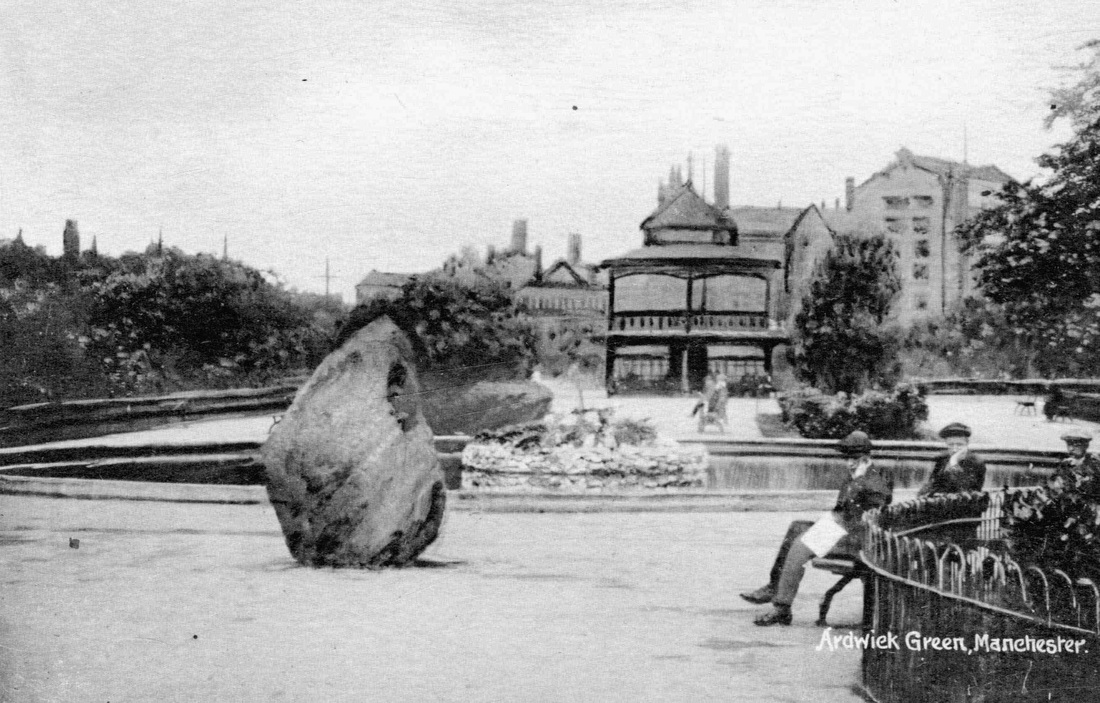 Image courtesy of Manchester Libraries, Information and Archives, Manchester City Council Image courtesy of Manchester Libraries, Information and Archives, Manchester City Council I've just recently started work on the evaluation of a year long programme hosted by Manchester Metropolitan University's Institute of Humanities and Social Science research. Entitled Creating Our Future Histories, the scheme sees 'early career researchers' (usually those who are completing a PhD, or are just about to start one / have recently finished one) working with Manchester community organisations. Each partnership is mentored by a more experienced academic. The partnerships are punctuated along the way by a series of weekend workshops combining into a professional development course on how community engagement between academics / researchers / communities might take shape. Each partnership is also expected to meet at least once between each workshop. The partner-groups are developing co-constructed plans and activities which research previously uncharted areas of the organisation's heritage, and look towards incorporating their future in a way which will become part of their heritage in years to come - there's the 'Future Histories' part. Late next Spring each group will showcase their findings in creative and public ways - many yet to be decided; though ideas are already circulating about film, video, exhibtions, time capsules and more. I'm about a month in and I'm once again struck by the many rich and hidden histories of Manchester - industry, architecture, battle and radical action, many many things which show the inventiveness and resilience of this sometimes bloody minded and often ingenius city. You can find out more about the project here and I particularly recommend the research group pages and project blogs to find out more about the organisations involved and the progress and reflections taking place. I'm just wrapping up some research for a museum. They asked me to collate case studies of good and innovative practice in how comparable venues (which in this case include medium-large scale museums and galleries) use digital technology to support school visits, in workshops, self-directed studies and potentially back in school.
They also wanted to find out about the ways such activity can be evaluated. They absolutely do not want to have form after form handed to teachers and students, and wondered how else really good evaluation might take place. The brief contains phrases like blended learning and e-learning. It's problematic because there are no clear definitions of what those are and where they start and end, And it's a real rabbit hole - an entire and massive area of specialisation and expertise. It's a small piece of work, just skimming the surface to help the museum think in new and different ways about what they might do, and how to monitor its impact well. I've collated 64 pages, over 32,000 words, of case studies of applications, programmes, projects, reviews and industry expertise opinions on contextual issues such as evaluation, future proofing and general good practice in digital learning and engagement. I've visited more websites, read more conference papers, searched more forums than I can count and interviewed some really insightful and inspiring colleagues in the field. Eventually, if the museum in question has no objections, I'll upload the collated set of case studies and expertise here for anyone else who might like it. It will be in a very rough and ready format - just my research notes really, in no particular order. But it may be of some help to someone so watch this space... In the meantime, it seemed much easier to put all 32k+ words into wordle and see what happened. There it is above, that's what the whole shebang amounts to. Interesting at this stage that 'online' is so prominent, given that I wasn't specifically looking at just online options. Interesting too that if 'conversation', 'collaboration' or 'participation' are in there, they certainly don't jump out. 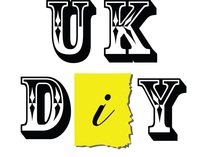 Way back in 2006 I received a grant from Arts Council England to research the DIY / subversive / home grown - whatever you want to call it - craft scene in the UK. The likes of what is now much more widely known; Etsy, Stitch and Bitch, yarnbombing (knitting attached to things in public as you may know it - lamposts, bike rails, bannisters etc).It was all going on in the US, but I wondered to what extent that was happening here too - if at all... In 2006 there really wasn't that much of this around. To set the scene, less than 300 UK people were registered on Etsy and people were still finding one another through MySpace. Which is where my research started. This week I'll be at a two day workshop exploring what craft and communities have in common, and what potential there is for craft and community being in the same mix. Much of the topics under the microscope will be the exact same ones that arose in my research. Eventually there will be a website where the Connecting Craft & The Community project will be shared more widely. But for the benefit of colleagues I'll be meeting in the next couple of days, and anyone else who is interested, here is the report produced in 2007, which summarised the work, and laid out some options to take the themes on into a programme of exhibitions, projects and events (which I'm happy to say did indeed happen.) So here's the report. To give you a flavour the contents page reads as follows... Defining DIY :: A Potted History :: Textiles :: Gender Stories :: Inclusivity & Anti-elitism :: Anti-consumerism & The Individual :: Political Crafting :: Interdisciplinary Content :: Street Crafting :: Sharing, Authorship and Currency :: Art & Anti-Art :: Entrepreneurialism :: Quality :: Exhibition & Project Potential :: Options and Recommendations Read or download as a pdf it below; or from google docs here; or contact me and I'll email it to you... |
Details
...BlogI'm most interested in how the public, your public, whoever that may be, engages with culture and creativity.
And if it nurtures creativity and develops personal, social or professional skills I'm absolutely all ears. Categories
All
Archives
May 2023
|

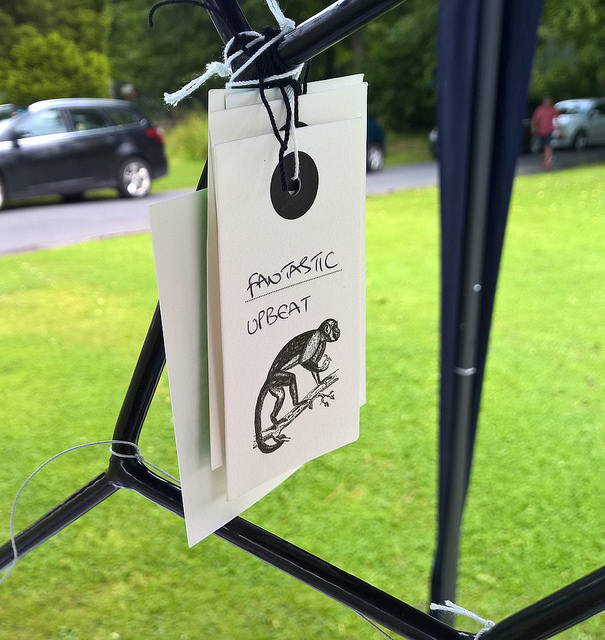
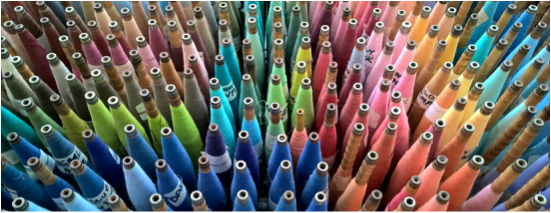
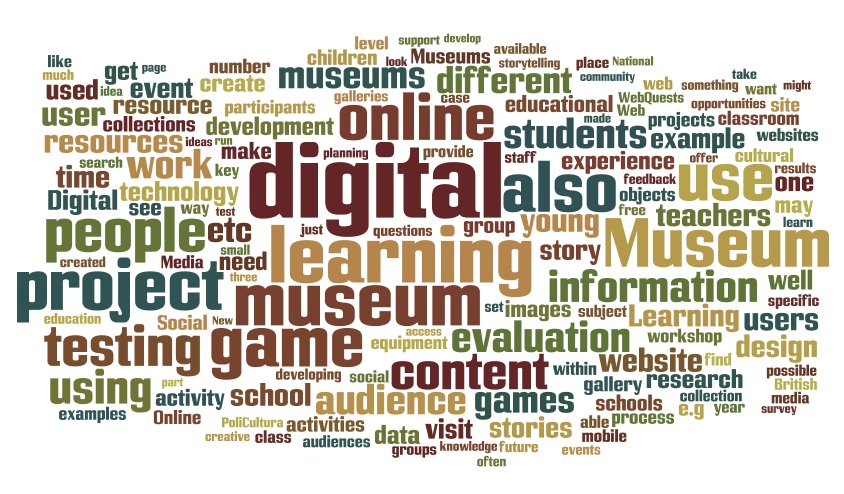

 RSS Feed
RSS Feed
